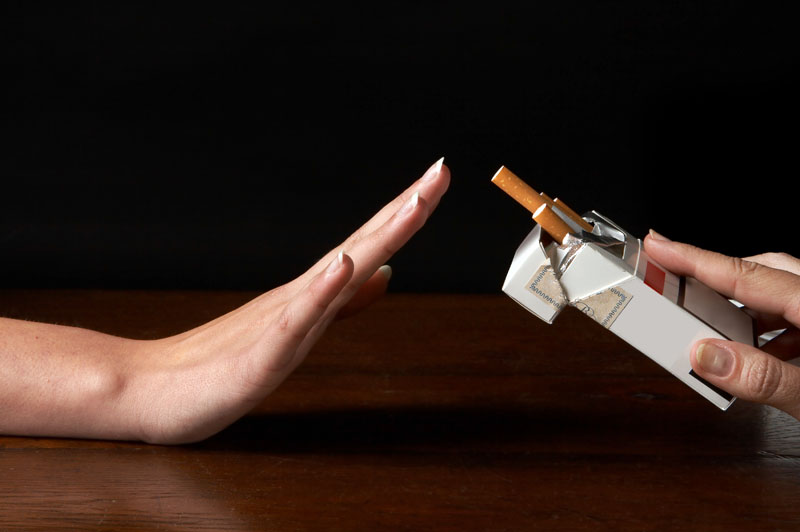Young drawn to abstinence

During the past four decades, an increasing number of US teenagers have decided to say no to drugs and alcohol, according to a story by Alan Mozes for medicalxpress.com citing a new report.
But the million-dollar question is why.
“There has been a steady increase in the proportion of students graduating high school who report never having tried alcohol, marijuana, tobacco or any other drugs,” said study author Dr. Sharon Levy, who directs the adolescent substance use and addiction program at Boston Children’s Hospital.
For example, while about five percent of high school seniors had embraced abstinence in 1976, that figure had risen to 25 percent in 2014, according to the most recent poll of nearly 12,000 students.
Surveys conducted among 8th and 10th graders between 1991 and 2014 unearthed a similar trend, with abstinence jumping from roughly 10 percent to almost 40 percent among the former, and from 25 percent to more than 60 percent among the latter.
Levy was quoted as saying that the downward trends didn’t catch her off-guard, even if “the findings may surprise people because we constantly hear bad news about drug use and the opioid epidemic”.
Levy said that both drinking and smoking – the number one and number three most common substance use habits – had been sliding in popularity across the board for a while now, even though pot use had held steady.
But why? That remains “the million-dollar question,” said Levy, “and for sure it doesn’t have one simple answer.”
Overall, she credited public health efforts for giving rise to a new cultural climate that encourages teens to shun substance use because it’s dangerous and unhealthy, rather than because it’s immoral or forbidden.
Meanwhile, Dr. Eric Sigel, an adolescent medicine specialist at the Children’s Hospital Colorado in Aurora, who was not involved in the study, was quoted as saying that the good news was “quite precarious”.
For example, he said, “while fewer teens overall are using substances, those who do face a landscape of more dangerous substances [like opioids] compared to their parents’ generation”.